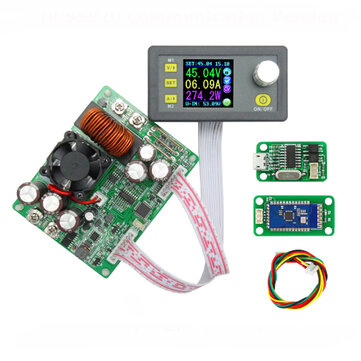GiacomoPascon
New Member
Hi to all.
A few days ago, I started thinking to build on my own, a linear power supply able to output 30V 10 A.
I chose to use the L200 IC, because I've got some of them and I want to use some components recovered from old boards.
I started making the schematic following the application note pdf and things went smoothly until I started wondering how to adjust the current output, with a potentiometer.
I saw some examples in the PDF but I can't understand how that circuits works.
Can you suggest me a way to make an adjustable current limiting? (schematic is attached to the post)
Thanks in advance,
Giacomo.
A few days ago, I started thinking to build on my own, a linear power supply able to output 30V 10 A.
I chose to use the L200 IC, because I've got some of them and I want to use some components recovered from old boards.
I started making the schematic following the application note pdf and things went smoothly until I started wondering how to adjust the current output, with a potentiometer.
I saw some examples in the PDF but I can't understand how that circuits works.
Can you suggest me a way to make an adjustable current limiting? (schematic is attached to the post)
Thanks in advance,
Giacomo.

